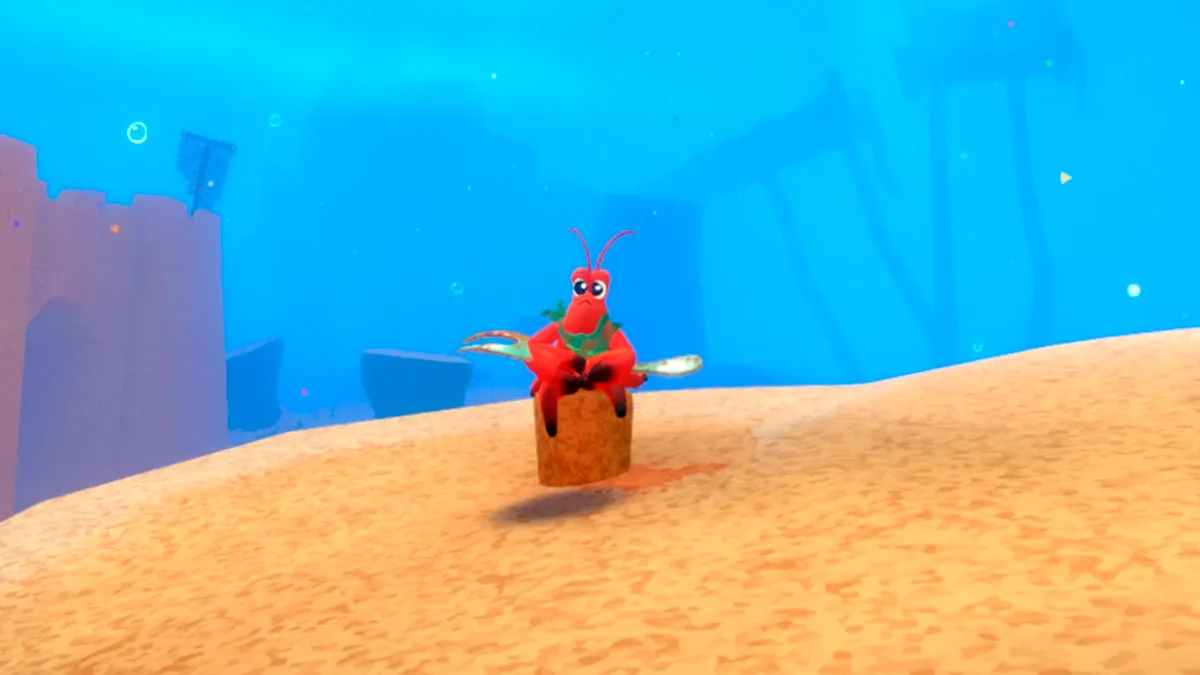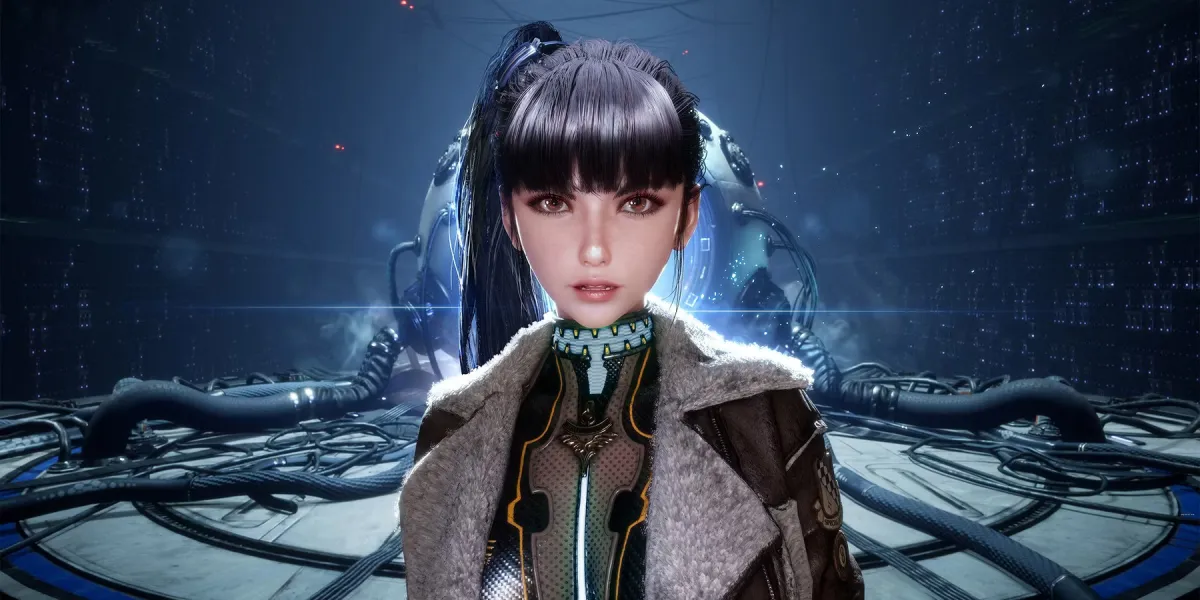
Let’s be honest: As excellent as Dragon Age: Origins was, it was not without its problems. It had exceptionally good writing, strong voice acting, and some truly unforgettable characters – part of why it was my favorite game of last year – but the difficulty balance was way off, the inventory was unwieldy, and if you played it on a console, your eyes may still not have recovered from its unique brand of ugliness. BioWare is aware of all of these things, and is giving Dragon Age a near-complete overhaul. Even the bits of Origins that worked got a second look to see how they could be done better to create an experience that feels fresh and refined.
“Dragon Age 2 looks better, plays better, and has an entirely new story,” says lead designer Mike Laidlaw. Concerned that Origins both looked and played too “old fashioned,” the design team wanted to “give Dragon Age a shot of adrenalin,” as executive producer Mark Darrah puts it. And so just about everything has been changed in some way, whether it’s a minor tweak to smooth out some rough edges, or the total reworking of an idea that never quite came together the way it should. But don’t worry, says Laidlaw. It may not look quite the same, but at it’s heart, “It’s still Dragon Age.”
In case you’re not up to speed on Dragon Age 2, here’s a quick cheat sheet. Although it has a 2 tacked on to the end of its name, it’s not really a sequel in the classic sense. Although its beginning overlaps with the events of Origins, its scope is far greater, spanning many years after the first game’s time frame. In Origins, you chose a character based on their origin story, but in DA2 you are Hawke (male or female, your choice), forced to flee your home in Ferelden and make your way as best you can in Kirkwall. You are not a revered Grey Warden, you’re just a refugee like everyone else fleeing the Blight, doing the best you can to keep your family and friends safe and fed. Hawke isn’t a particularly glamorous hero, but that’s the point: the theme of DA2 is that there are no chosen ones, no pawns of prophecy – just people doing the best they can on any given day.
Origins was all about your hero gathering armies to fight a horde of Darkspawn, but the Blight is a mere blip in the action of DA2. Instead, its focus is on Hawke’s rise to power, which is shrouded in myth and legend. In the middle of a revolution, when the formerly mighty Chantry has become all but powerless, Hakwe became the Champion of Kirkwall and changed the world – but how? That story, told in flashback by the dwarf Varric as he’s interrogated by the determined Cassandra, is what will play out during your adventures.
Virtually every aspect of Dragon Age got a second look for Dragon Age 2, but here are a few areas that received the most love from BioWare:
Combat
The combat in Origins had many failings, beginning with its unbalanced difficulty. “Was the default setting, especially on PC, too hard? Yeah,” admits Laidlaw. “‘Normal’ felt more like ‘Hard’ to me.” Even players who mastered the combat noticed other issues: It frequently felt sluggish, the rogue didn’t feel much different from a warrior, and trying to be an archer just plain sucked.

The tactical side of combat returns, allowing you to pause the game and form a cohesive plan based on your current party, but the quick pace of fights has been ramped up for those favoring a more action-oriented combat style. Combat in Origins often got bogged down by fighting animations – rather than actually throwing a spell or shooting an arrow, a character would go through a big windup and then, eventually, get around to actually doing whatever it was you they were commanded to do. According to Laidlaw, BioWare wanted the fighting in DA2 to feel more immediate and less like “some invisible person rolling D20s behind the scenes.”
The design team also decided to inject a bit of common sense into the combat. “If you’re a mage, and you’re carrying around this big stick, why can’t you hit someone with it?” asks Laidlaw, pointing out that ranged combatants, like mages and archers, had little recourse when the fighting got up close and personal. Now, rogues and mages also have melee attacks – not particularly strong ones, but certainly better than just standing there and getting socked in the face.
One new feature in DA2’s combat is one you’ll almost assuredly come to hate, but for all the right reasons: assassins, commanders, and devastating mages. These new specialized threats are mixed in with more common enemies and have moves all their own. They will also kick your ass. I ran into a few Assassins during my playthrough, and I’m pretty sure I could hear them giggling as they cut me to pieces.
Crafting
The crafting in Dragon Age: Origins made logical sense: In order to make, say, a health poultice, you had to first learn the recipe, then find all of the necessary ingredients. It was a fine system if you only wanted to make one or two items, but the games’ many different potions, poisons, and traps meant you were running around Ferelden with all kind of components rattling around in your backpack. Fighting a demon with 87 frostrocks in your inventory is not heroic or sexy, so the entire system has been redone. Now, rather than having to carry components around with you, you simply have to find their source out in the world. Once you come across a strain of Elfroot, for example, all crafting vendors will have access to it – no need to shuttle bits and pieces back and forth. The challenge now comes from finding the different sources of raw materials, and the different strains of components. It’s a far more elegant system, one that rewards exploration over hoarding, unclogging your inventory in the process.
Skill Trees
The linear progression of the skill trees in Origins meant that you frequently had to spend valuable points on talents you never had any intention of using so that you could get to the one you actually wanted. It was a well-established and accepted system, but it oftentimes sapped a lot of the enjoyment out of leveling up. The skill trees in DA2 are actually webs, more circular in nature and offering more than one path to the really Hot Stuff skills. Skill upgrades branch off from their base skills, leaving the way clear for other progressions. If you want to spend several levels making sure you’re deadly with a shield, you can, but your path to other talents is clear if you’d rather not bother. There still has to be some progression, of course – you can’t go from acolyte to towering badass in just one jump – but the web definitely feels much more open and forgiving, allowing you to spend points the way you really want to, as opposed to the way you have to.

Visuals
Even if you’re willing to graciously forgive the technical limitations that made the console versions of Dragon Age: Origins so butt-ugly, it’s still hard to argue that the PC version didn’t look a bit dated. For all its magic and fantasy, Ferelden was a remarkably brown place and its inhabitants were the same old Lord of the Rings-style creatures that we’ve seen and killed a thousand times. Dragon Age 2 takes full advantage of the fact it’s a story being told by a dwarf who has no trouble embellishing details to make for a more exciting tale. Kirkwall is awash in color and composed like artwork. Matt Goldman took inspiration from sources as diverse as Akira Kurosawa’s Throne of Blood and Pieter Breugel’s “Triumph of Death.” The aim is to not only make players “excited about what they’re seeing,” says Laidlaw, but also to “make sure that the story being told is about the character, and that the scenery is drawing focus to the people.”
And to make the people look different from each other.True story: After coming back to Origins after a very long break I completely forgot I was playing an elf until one of the other characters referred to me that way. It’s a situation not likely to happen in DA2, where the elves sport extra large eyes and ears, the dwarves don’t merely look like short humans, and one monster doesn’t look like a slightly redder version of the one two dungeons back.
The Hero
In Origins, you were a nameless, voiceless hero, but in DA2, you are the silky-toned Hawke, a change that may be jarring to those who favored Origins‘s old school approach to characterization. Which, as Laidlaw tells it, is not that many players. “People generally hated the silent protagonist,” he says, but that wasn’t the only reason to adopt a main character who could speak for themselves; Having the hero stand stoically while drama erupted all around them “seemed to be doing a disservice to the storytelling.” Recognizing that responding to an impassioned speech from Leliana by choosing a sentence from a menu lacked a certain vitality, the Dragon Age team decided to borrow a page from their colleagues across the hall.
The conversation in DA2 plays out much like that in Mass Effect, with players selecting a paraphrase of a dialog option from various points on a wheel. Hoping to avoid those situations where you think you’re being flirty but end up sounding like a jerk, the wheel in DA2 adds an icon in the center to give you a better idea of the vibe you’re about to convey. A heart is flirty, angel’s wings indicate your goody-goody nature, and so on. There’s still a bit of wiggle room, but you should always end up saying pretty much exactly what you meant to say. (During my playthrough, I wanted to just tell someone I thought they were cute and ended up inviting them to bed, but flirting is open to all manner of interpretation, I suppose.)

In Origins, your companions either approved or disapproved of just about everything you said and did, from how you handled quests to your conversations with them to the gifts you gave them. If they disapproved enough, they might decide not to follow your commands or just abandon you completely. In theory, it allowed for a lot of role playing, but if you wanted to have the strongest crew, you were pretty much obligated to keep them all happy. DA2 uses a similar mechanic, but with a far more interesting twist: Instead of approval and disapproval, you now have friends and rivals. Your companions will have your back no matter what, but if they’re your rival, there will always be a bit of tension between you. Rivalry doesn’t mean they’re your enemy, merely that you don’t see the world quite the same way. If you’re an upstanding, rule-following, law-abiding kind of hero, then a companion with more flexible morality is more likely to be your rival. It’s a particularly interesting choice because one of your earliest party members is your sibling (your brother or sister, depending on what class you chose), and as you might expect, a whole lot of baggage comes with them. Some options, such as combat moves or romance, will only become available with a rival, nicely removing the urge to just suck up to everyone following you around.
So, Does it Work?
If you’ve made it this far, you’re probably wondering if all of these new elements come together in a way that’s actually an improvement over Origins, but still feels true to the franchise. Stop worrying: Early signs point to “Oh, hell, yeah.” The build I played was fairly early, so I didn’t have access to everything Dragon Age 2 has to offer, but what I experienced felt like Origins with all of the fussiness removed. You’ll notice little things immediately, like how junk loot is actually labeled as “Junk,” making it very clear what you can sell with a clear conscience, and be amazed at how such a small change can so greatly improve your experience. It’s also gorgeous, even on the Xbox 360; the visuals are something you’ll actually enjoy as opposed to endure.
From what I saw, Dragon Age 2 is making all the right choices, but we’ll have to wait until March 8 to know for certain.
Susan Arendt thinks Commander Shepard should have a cameo in Dragon Age II somehow.



